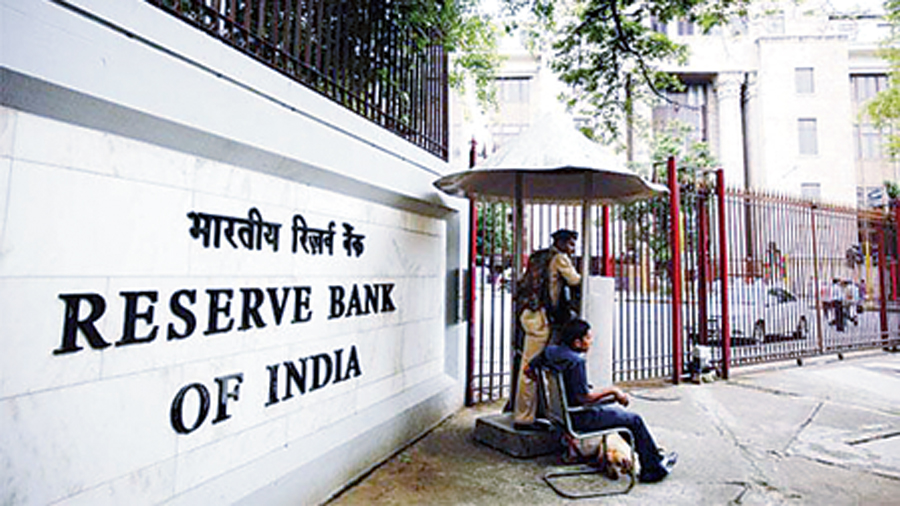Ronald Reagan evocatively described inflation as “violent as a mugger... and as deadly as a hitman”. The armed robber is now on the prowl. The problem is that the policeman cannot ward him off because his truncheon is tied behind his back. Whether inflation in India, currently riding at 7.61 per cent, has reached such alarming levels as to draw larcenist labels is debatable. The traditional monetary policy response to check inflation is to raise interest rates. With the country technically in a recession, the policy makers of the Reserve Bank of India were not expected to use that blunt instrument.
At the latest monetary policy review meeting that ended on December 4, the RBI’s policymakers chose to hold the policy interest rates and decided to persist with the accommodative policy that was embraced in June 2019. Liquidity has been sloshing around in the financial system. The net durable liquidity surplus in the system has ballooned to over Rs 8 trillion as on November 6 from Rs 2.56 trillion in March when India went into its first lockdown — an increase of over 213 per cent. The problem with this is that at a time when banks are looking to play safe and industry is reluctant to borrow, the deluge of money is winging its way back to the RBI through its reverse repo window. Banks still have surplus funds that they are deploying in the money markets where interest rates have tumbled below the reverse repo rate of 3.35 per cent, raising questions about the effectiveness of the policy rates. The problem of excess money is compounded by the fact that foreign investors have been pouring money into Indian equities and debt markets. The guiding principle within the central bank to deal with such a situation is to start longer term repo or reverse repo operations as these have no discernible impact on bond yields. That is precisely what the RBI has now done with its plans for on-tap repo operations and the decision to hold the reverse repo rate when most pundits had expected it to be cut.
The surplus liquidity has only stoked inflation. Earlier, the RBI felt that inflation would cool in the third quarter as lockdown-induced supply side disruptions ended. The policymakers now believe that these disruptions will continue. They have identified two other factors for the inflation spiral: the higher margins that consumers pay as a result of the increase in product prices and the effect of indirect taxes. This can only mean that inflation — already way above the upside tolerance limit of 6 per cent — is going to remain elevated. The RBI is running out of options to deal with the elephant in the room. And it does not help when the latest Households’ Inflation Expectations Survey reveals that 86.5 per cent of the respondents expect prices to rise over 12 months.


